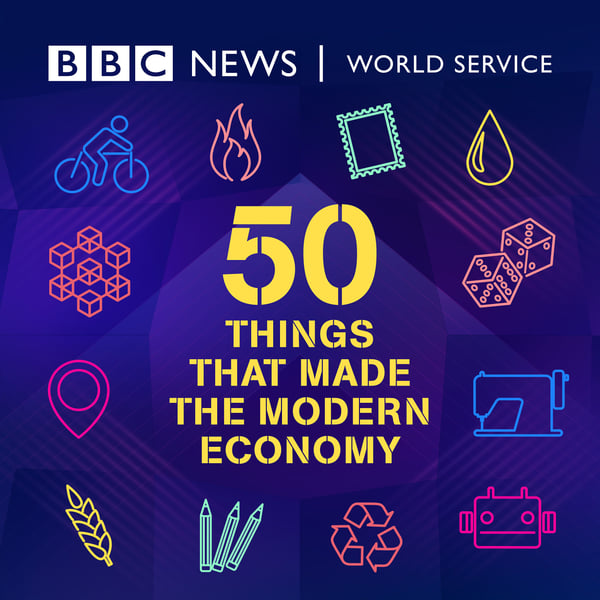Vickrey turnstile
50 Things That Made the Modern Economy
BBC
4.8 • 2.6K Ratings
🗓️ 21 October 2019
⏱️ 10 minutes
🧾️ Download transcript
Summary
Transcript
Click on a timestamp to play from that location
| 0:00.0 | 50 Things That Made The Modern Economy |
| 0:09.0 | With Tim Harford |
| 0:17.0 | In the 1950s, the New York subway faced a problem that will be familiar to users of public transport all over the world. |
| 0:25.0 | At peak times, it was overcrowded, at other times, the trains were empty. |
| 0:31.0 | The mayor commissioned a report which concluded that the problem was that subway riders paid a flat fare. |
| 0:38.0 | No matter where you boarded, how far you travelled, or when you made your trip, it would cost you ten cents. |
| 0:47.0 | Might there be some more sophisticated approach? Perhaps so. |
| 0:52.0 | A forward to the report, singled out one of the seventeen authors. |
| 0:57.0 | It is to such questions that Mr. Vickery has addressed himself, and with a degree of skill which we predict will command the admiration of the reader. |
| 1:05.0 | The abandonment of the flat rate fare, in favour of a fare structure which takes into account the length and location of the ride in the hour of the day, is obviously a sensible step, provided the mechanical problems involved can be solved. |
| 1:20.0 | Mr. Vickery's basic idea was simple. When the trains were busy, charge more. When they were quiet, charge less. The peaks in demand would become less spiky. |
| 1:32.0 | The subway would be more comfortable and reliable. Could carry more people without having to build new lines, and could raise more money, all at once. A great idea. |
| 1:43.0 | But how to charge all these different prices. Not with an army of ticket clerks and inspectors, that would take too much time and money. Some automated solution must be found. |
| 1:56.0 | Mr. Vickery submits several highly interesting and stimulating suggestions. Suggestions which in our judgement deserve the most careful examination and consideration. |
| 2:08.0 | What was needed was a coin-operated turn style that could charge different rates for different journeys at different times. |
| 2:18.0 | But in 1952, this would not be simple. To give a sense of the challenge, consider a dilemma faced by the Coca-Cola company. |
| 2:28.0 | A Coke had cost a nickel, five cents, for decades. Coca-Cola would have liked to increase the price by a cent or two, but it couldn't. Why? |
| 2:39.0 | Their 400,000 vending machines took only nickels, and redesigning them to take two different denominations of coin would be a logistical nightmare. |
| 2:52.0 | In 1953, Coca-Cola tried instead to persuade President Eisenhower in all seriousness to introduce a 7.5 cent coin. |
| 3:07.0 | But Mr. Vickery wasn't daunted, and he described a contraption to solve the problem. |
| 3:14.0 | To have passengers put a quarter in the entrance turn style, get a metal check with notches indicating the zone of origin, to be inserted in an exit turn style, which would through electro-mechanical relays, deliver and appropriate number of nickels according to the origin and time of day. |
| 3:34.0 | It sounds clever, and you may be wondering why you haven't heard of it. A clue comes from the title of a speech in which Mr. Vickery gave that description. |
... |
Please login to see the full transcript.
Disclaimer: The podcast and artwork embedded on this page are from BBC, and are the property of its owner and not affiliated with or endorsed by Tapesearch.
Generated transcripts are the property of BBC and are distributed freely under the Fair Use doctrine. Transcripts generated by Tapesearch are not guaranteed to be accurate.
Copyright © Tapesearch 2025.

